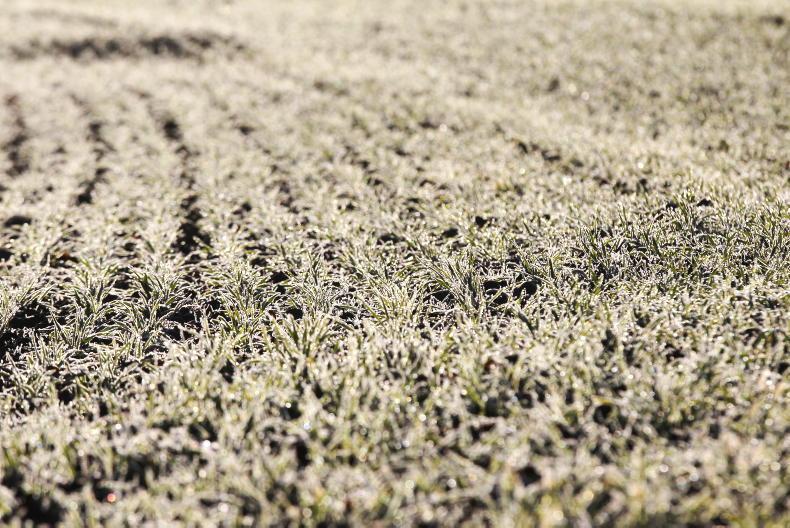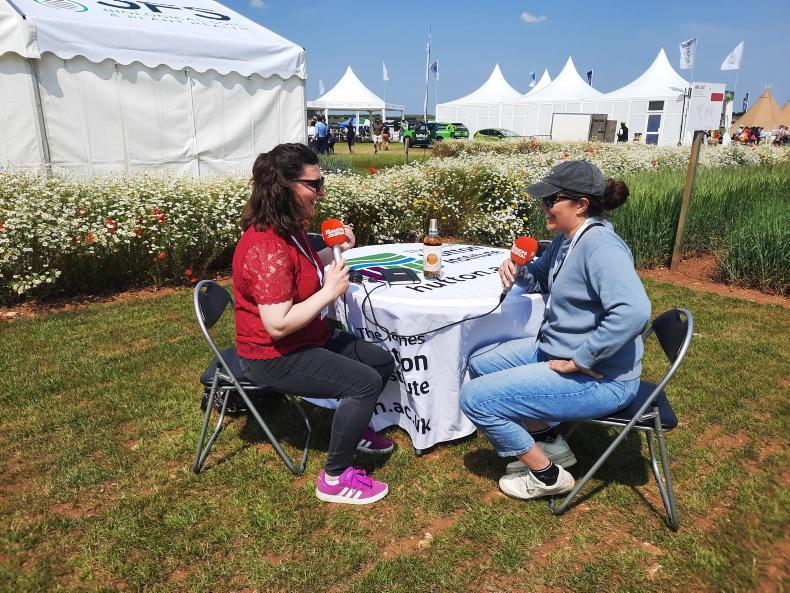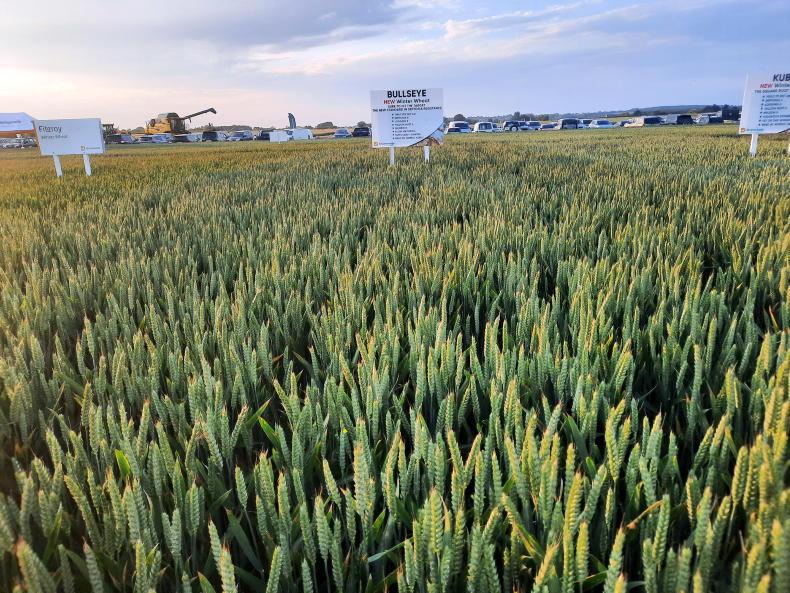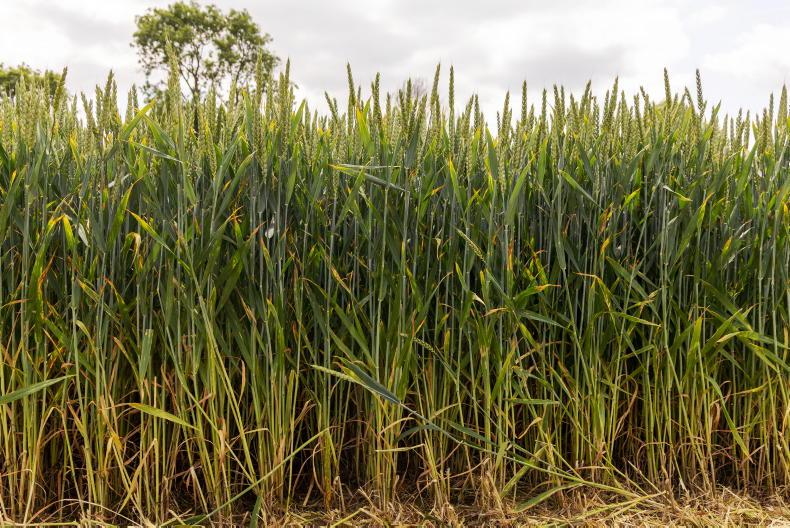The new aphid monitoring towers erected by Teagasc have begun to provide a new understanding of the patterns of aphid flight and barley yellow dwarf virus (BYDV) infection risk in Ireland.
The new monitoring technique was explained by Maximilian Schughart, a Welsh scholar, at this week’s Teagasc National Tillage Conference, which took place online.
The limited information available since the construction of these towers in Carlow and Dublin in 2020 showed that aphid numbers in flight were highest for a week around mid-August and mid-September. However, this could vary from site to site and from year to year. A monitoring tower has also been erected in Cork, with another to be built in north Leinster.
An additional development in aphid monitoring is the use of a technology called digital droplet PCR testing. This can be used to detect the presence of very low amounts of virus and so can be used to detect the BYDV in the aphids caught in the suction towers.
This adds to the ability to monitor the potential for the spread of the virus, rather than just seeing aphids in flight. The sensitivity of the test also enables it to test for the presence of BYDV in symptomless leaves.
Also at the conference, Dan Milbourne of Teagasc explained how they used modern breeding technologies to produce the potato cyst eelworm-resistant potato variety, Buster.
He also spoke about how technology was being used to help find new varieties of beans and new sources of septoria resistance that could be shared with plant breeders to help produce varieties better suited to this country.
Ongoing research on oats is examining the possibility of establishing optimum nitrogen rates for individual varieties. This is because the higher nitrogen rates that drive grain yield are generally negative on grain quality, which is essential for premium markets.










SHARING OPTIONS